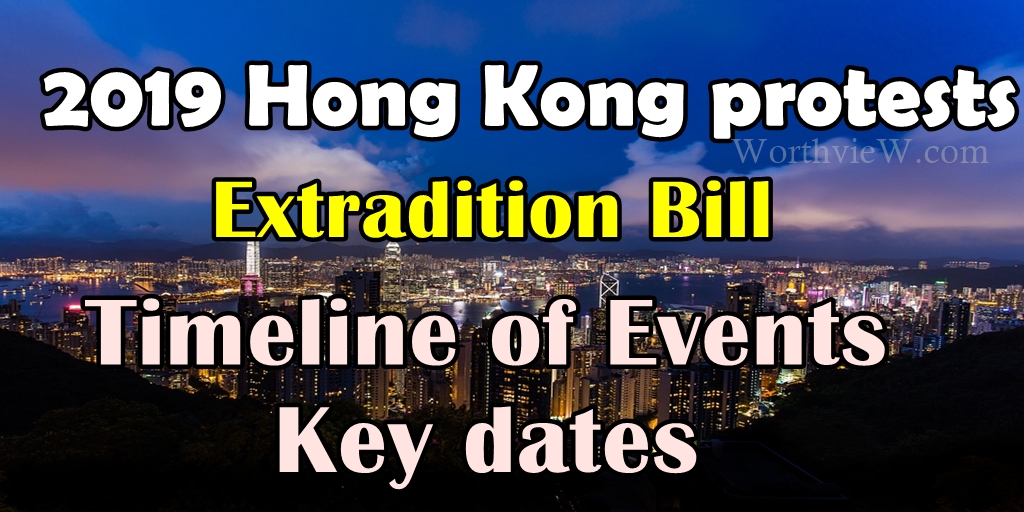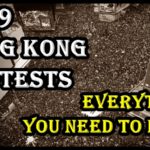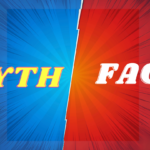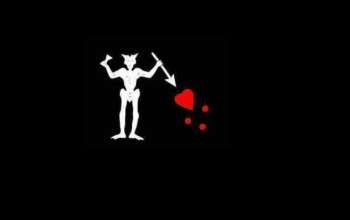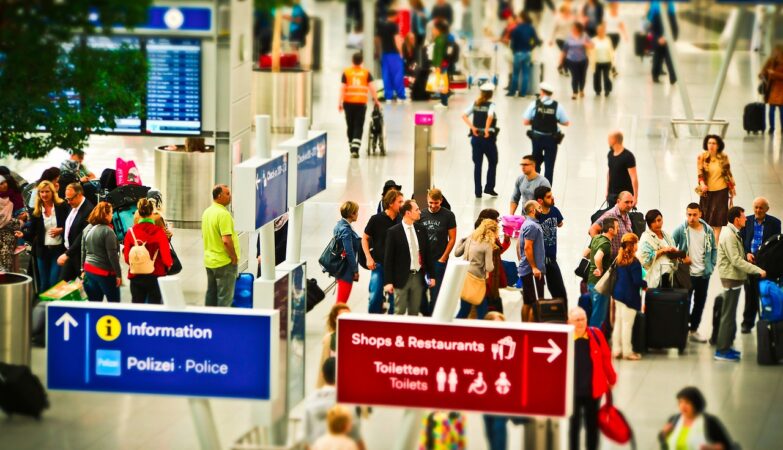Hong Kong is on fire from last 15 weeks. People are protesting against the extradition bill proposed by the Hong Kong government.
Lets look at the timeline of the key dates around the Hong Kong 2019 Anti-Extradition bill Protests
February 2019 – Hong Kong’s Security Bureau submits a paper to the city’s legislature proposing amendments to extradition laws that would provide for case-by-case extraditions to countries, including mainland China, beyond the 20 states with which Hong Kong already has treaties.
March 31 – Thousands take to the streets of Hong Kong to protest against the proposed extradition bill.
April 3 – Lam’s government introduces amendments to Hong Kong’s extradition laws that would allow criminal suspects to be sent to mainland China for trial.
April 28 – Tens of thousands of people march on Hong Kong’s city assembly building, the Legislative Council, to demand the scrapping of the proposed amendments to the extradition laws.
May 11 – Scuffles break out in Hong Kong’s legislature between pro-democracy lawmakers and those loyal to Beijing over the extradition bill.
May 21 – Lam says her administration is determined to push the bill through the legislature.
May 30 – Hong Kong introduces concessions to the extradition bill, including limiting the scope of extraditable offences. Critics say they are not enough.
Also read, 2019 Hong Kong Protests Explained
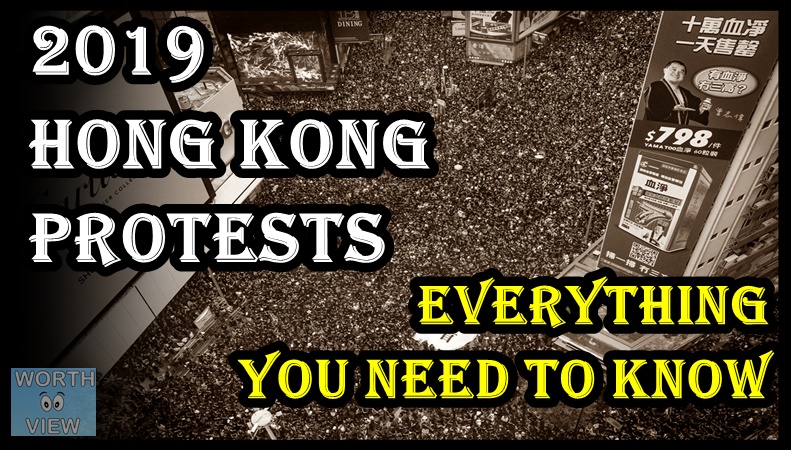
June 6 – More than 3,000 Hong Kong lawyers take to the streets dressed in black in a rare protest march against the extradition law.
June 9 – More than half a million take to the streets in protest.
June 12 – Police fire rubber bullets and tear gas during the city’s largest and most violent protests in decades. Government offices are shut for the rest of the week.
June 15 – Another three days later, Hong Kong leader Carrie Lam issued a dramatic reversal, saying she would indefinitely delay the extradition bill.
June 16 – Despite this, an estimated two million people took to the streets the following day, demanding the bill be withdrawn completely and calling for Ms Lam’s resignation.
June 21 – Over the next days, anger grew towards the police and protesters blockaded police headquarters for 15 hours.
July 1 – Protesters storm the Legislative Council on the 22nd anniversary of the handover from British to Chinese rule, destroying pictures and daubing walls with graffiti.
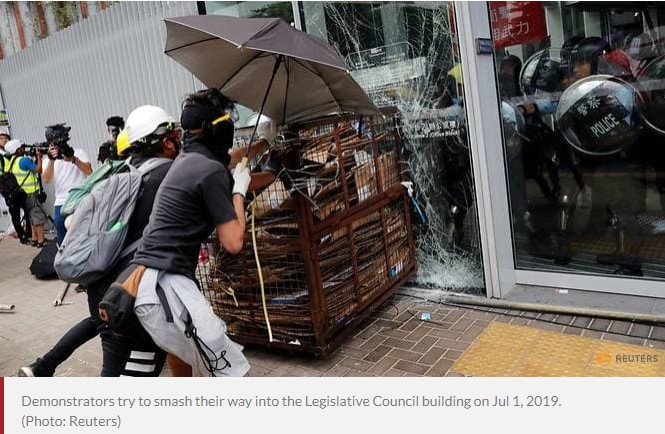
July 7 – One week later, tens of thousands marched in Kowloon – an area popular with mainland tourists – in a bid to explain their concerns. Until this point the protests had received little if any coverage in state-run mainland media.
July 9 – Lam says the extradition bill is dead and that government work on the legislation had been a “total failure”.
July 21 – Men, clad in white T-shirts and some armed with poles, flood into rural Yuen Long station and storm a train, attacking passengers and passers-by, including members of the media, after several thousand activists surrounded China’s representative office in the city earlier in the day, and clashed with police.
July 27 – Thousands demonstrated in Yuen Long condemning the station attack. Police responded by firing tear gas at the unauthorised protests.
July 30 – Forty-four activists are charged with rioting, the first time this charge has been used during these protests.
Aug 2 – even civil servants – supposed to be politically neutral – joined demonstrations in their thousands.
Aug 5 – yet another city-wide strike was held, bringing services across Hong Kong to a standstill. Carrie Lam gave her first media address in two weeks, saying Hong Kong was “on the verge of a very dangerous situation”
Aug 6 – China warned the protesters not to “play with fire,” not to “underestimate the firm resolve [of] the central government” and not to “mistake restraint for weakness”.
It was one of the strongest warnings Beijing had issued over the protests.
Aug 7 – Hundreds of Hong Kong lawyers hold a silent march in support of anti-government protesters and to call on the government to safeguard the independence of the city’s Department of Justice.
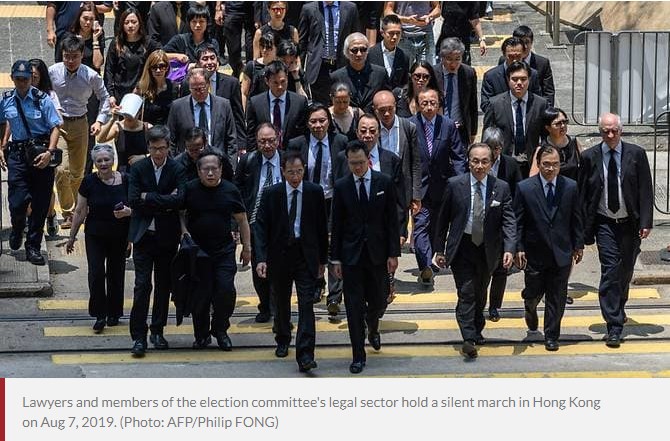
Aug 9 – China’s aviation regulator demands Hong Kong flag carrier Cathay Pacific suspend personnel who have taken part in the protests. The airline suspends a pilot, one of 44 charged with rioting the month before, the next day.
Aug 11 – police stormed enclosed railway stations, firing tear gas at protesters, leading yet again to dramatic scenes of confrontation. During the violence that Sunday, one protester was injured in her eye – it remains unclear how – becoming a symbol of the protest movement.
Aug 12 – The next day protesters gathered at the airport, leading to hundreds of flights being cancelled.
Aug 14 – Police and protesters clash at Hong Kong’s international airport after flights were disrupted for a second day. The airport resumed operations later that day, rescheduling hundreds of flights.
Aug 21 – China’s biggest e-commerce company Alibaba delays its up to $15 billion listing in Hong Kong, initially set for late August.
Sep 1 – The target of protesters was the Hong Kong International Airport. Hundreds of protesters fled to the neighboring Tung Chung district, and with transport suspended by MTR, some protesters walked a 15 km route on the highway to the urban area from Lantau Island. The mass evacuation was dubbed by some media as “Hong Kong’s Dunkirk”
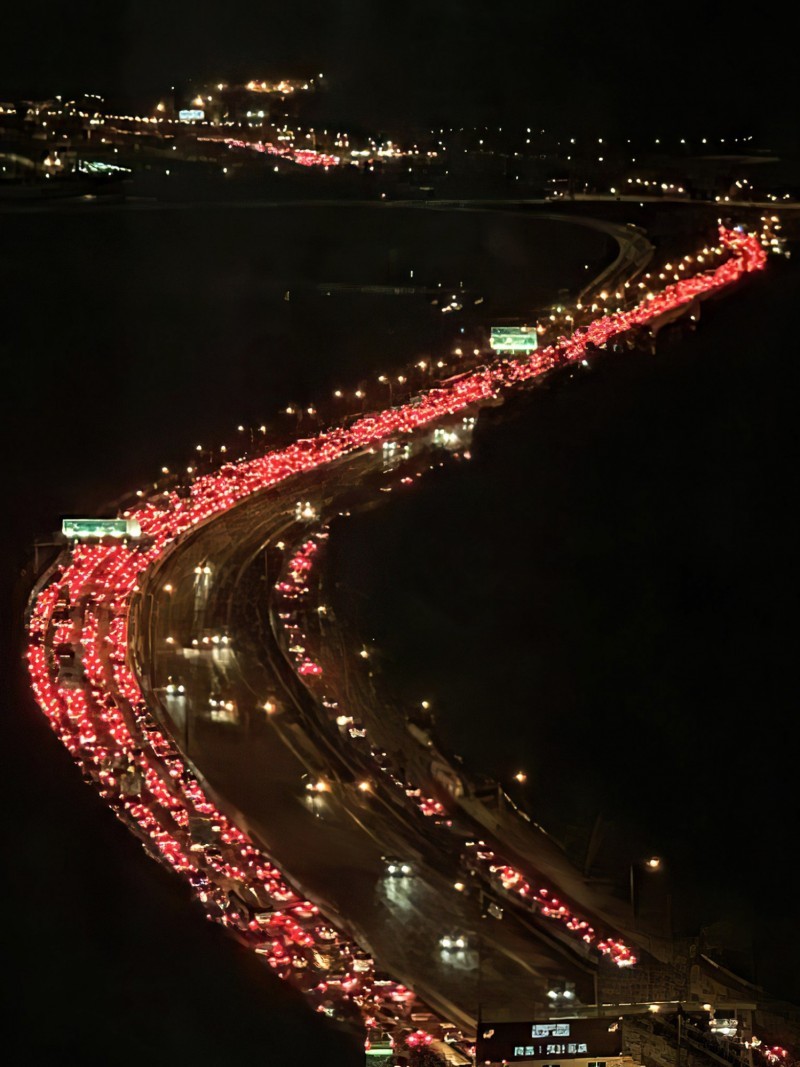
Sept 2 – Lam says she has caused “unforgivable havoc” by igniting the political crisis engulfing the city and would quit if she had a choice, according to an audio recording obtained by Reuters of remarks she made to a group of business people.
Sept 3 – Lam says she had never asked the Chinese government to let her resign to end the Chinese-ruled city’s political crisis, responding to the Reuters report.
Sept 4 – Hong Kong’s leader Carrie Lam announced she would withdraw the highly controversial extradition bill which had started the protests.
Sept 8 – Protesters hold a banner and wave US national flags as they march to the US Consulate in Hong Kong
Resources:
https://www.reuters.com/article/us-hongkong-protests-timeline/timeline-key-dates-in-hong-kongs-protests-idUSKCN1VP0OR
https://www.bbc.com/news/world-asia-china-49340717
Related Posts
Hi there! I’m Sethu, your go-to guy for all things tech, travel, internet, movies, and business tips. I love sharing insights and stories that make life more interesting. Let’s explore the world together, one article at a time!
